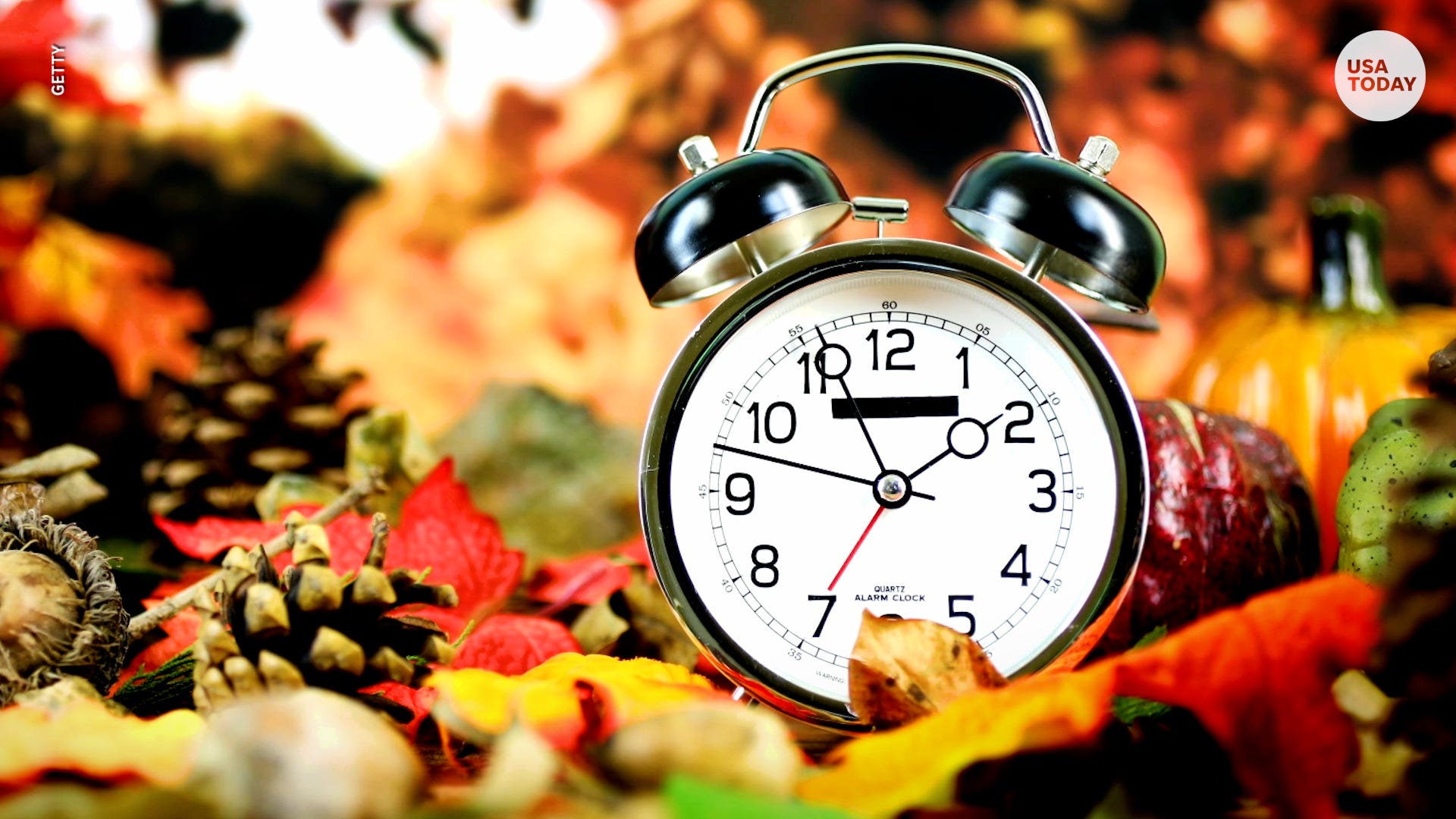Why Americans shifted, scrapped minutes and changed time forever 141 years ago

Exactly 141 years ago at high noon, time changed forever in America.
In Boston, time moved forward 16 minutes. In Baltimore 6. New Yorkers lost about 4 minutes. Those in Atlanta said goodbye to 22 minutes, historian Heather Cox Richardson wrote Sunday in her Substack "Letters from An American." Philadelphians changed their clocks by one minute and went from living on "New York time" to "Standard time," according to The New York Times.
Telegraph operators at railroad stations across the country and jewelers known for keeping local time, reportedly held timepieces in their hands, ready for a collective reset when their chief operator shouted "12 o'clock!"
That Sunday in 1883, communities across the country ‒ and the railroads operating in them ‒ agreed to standardize time and create four time zones across North America.
It was known as "the day of two noons."
Before then, railroads had operated under 53 different time schedules, leading to confusion, missed trains and at least one fatal accident outside Providence, Rhode Island. Traveling from Maine to California required at least 20 watch adjustments.
People had previously kept time by sundial. But "God's time" wasn't convenient for the modern world with its train schedules and interstate commerce.
Railroad companies agreed to the standardized time to avoid government regulation, Richardson noted.
The precise time was determined by astronomer Edward Pickering at Harvard University in Cambridge, Massachusetts, who sent a message out via telegraph to New York City "and from thence distributed in all directions South and West as it was called for," according to The Times.
He also wired downtown Boston where a ball perched atop the Equitable Building at the corner of Milk and Devonshire streets would drop every day at noon to allow people to set their watches and clocks. Fire alarm bells were set off across Boston that day, as the ball dropped to mark the time change.
Some considered the shift to "railroad time" sacreligious. “People will have to marry by railroad time," wrote a contributor to the Indianapolis Daily Sentinel, cited by Richardson. "Ministers will be required to preach by railroad time … Banks will open and close by railroad time; notes will be paid or protested by railroad time.”
In Chicago, authorities refused to adopt the new standard time ‒ perhaps, The Times speculated, "because the Chicago meridian was not selected as the one on which all time must be based."
People would have noticed the time shift, depending on whether they were east or west within their zone, because the sun would no longer be directly overhead precisely at noon.
In echoes of what contemporary Americans would face with Y2K 117 years later, some people feared the time change would bring a cataclysm.
According to The Times article, some people expected “a sensation, a stoppage of business, and some sort of a disaster, the nature of which could not be exactly ascertained.” People, some who whom couldn't understand how time could be changed, crowded the streets in front of jewelers to see the “great transformation.”
"There was a universal expression of disgust," according to the article, "when it was discovered that all that was necessary to effect the change was to stop the clock for four minutes and then start it again."